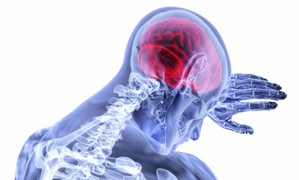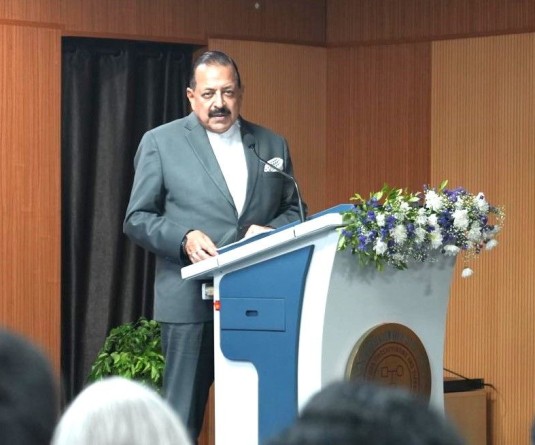IANS Photo

New Delhi, October 10 (IANS) India is among countries in Asia, along with some in Africa, with the highest risk of stroke among the younger population, according to a global burden of stroke report published in the Lancet Neurology journal.
The report showed that stroke could cause nearly 10 million deaths annually by 2050, mostly in low-middle income countries (LMICs), and cost up to $2 trillion per year.
Taking into account population growth and ageing between 2020 and 2050 in high income countries (HICs) and LMICs, the analysis indicates the number of people who die annually from stroke globally will increase by 50 per cent, rising from 6.6 million in 2020 to 9.7 million in 2050.
The number of stroke deaths in LMICs is projected to rise sharply -- widening the gap with HICs -- by increasing from 5.7 million in 2020 to 8.8 million in 2050.
In contrast, stroke deaths in HICs are estimated to remain largely unchanged at around 900,000 between 2020 and 2050. This indicates that the proportion of global stroke deaths that occur in LMICs will increase from 86 per cent in 2020 to 91 per cent in 2050.
“Asia accounted for by far the greatest share of global stroke deaths in 2020 (61 per cent , around 4.1 million deaths) and this is forecast to rise to around 69 per cent by 2050 (around 6.6 million deaths),” said Professor Jeyaraj Pandian, President-Elect of the World Stroke Organization, one of the lead authors of the Lancet Commission.
“Though smaller relative to Asia, the number of annual global stroke deaths occurring in Sub-Saharan African countries will rise from 6 per cent in 2020 (403,000) to 8 per cent (765,000) in 2050.
“We have to closely examine what is causing this increase, including the growing burden of uncontrolled risk factors -- especially high blood pressure, and lack of stroke prevention and care services in these regions. Without urgent action, stroke deaths in Southeast Asia, East Asia, and Oceania could increase by almost 2 million deaths, from 3.1 million in 2020 to potentially 4.9 million in 2050,” Pandian added.
Importantly, the economic forecast indicates the combined cost of stroke, including direct costs and loss of income, will rise from $891 billion per year in 2017 to up to $2.31 trillion in 2050.
The bulk of these economic impacts are forecast to be felt in Asia, including India and Africa.
Major risk factors of stroke were identified as high blood pressure, diabetes mellitus, high cholesterol, obesity, unhealthy diet, sedentary lifestyle, and smoking. This was coupled with limited surveillance data on stroke risk factors, events, management, and outcomes of stroke.
The report recommended establishing low-cost surveillance systems to provide accurate epidemiological stroke data, raising public awareness and action to improve healthy lifestyles and prevent stroke, prioritising effective planning of acute stroke care services.
It also called for introducing legislative regulations and taxations of unhealthy products (such as salt, alcohol, sugary drinks, trans-fats) by each and every government in the world.
“Such taxation would not only reduce consumption of these products -- and therefore lead to the reduction of burden from stroke and major other non-communicable diseases -- but also generate a large revenue sufficient to fund not only prevention programmes and services for stroke and other major disorders, but also reduce poverty, inequality in health service provision, and improve wellbeing of the population,” said Professor Valery L. Feigin, of Auckland University of Technology, New Zealand, and co-chair of Lancet Commission.






